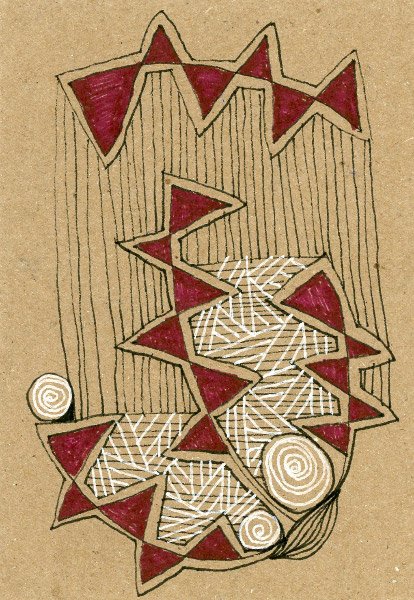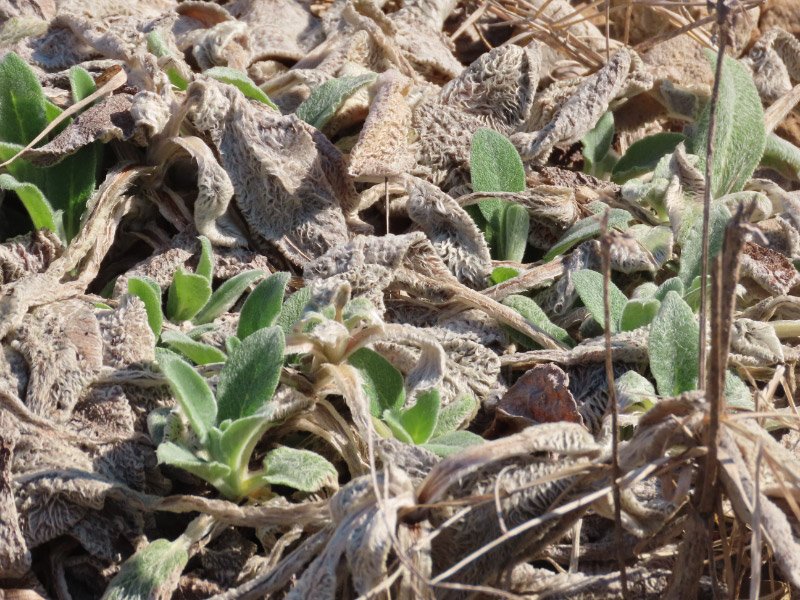Gleanings of the Week Ending April 20, 2024
/The items below were ‘the cream’ of the articles and websites I found this past week. Click on the light green text to look at the article.
Tax Burden by State – A comparison done by WalletHub that compared the 50 states on 3 types of taxes - property taxes, individual income taxes, and sales and excise taxes - as a share of total personal income in the state.
See a Restored Ancient Roman Helmet—and Two Shiny New Replicas – 2,000-year-old helmet made of silver-gilded iron.
Solar Savings in the US – Looking at the numbers….
Feral Hogs to Be Removed from Congaree National Park – My husband and I visited Congaree in 2008 and I vividly remember the feral hogs. Evidently action is being taken to remove them. They have become a pervasive problem to both the park and surrounding landowners, routinely causing widespread damage to land and water resources both within and outside of the park. Recent observations have shown that they have begun to cause more extensive damage to areas near the Harry Hampton Visitor Center, including areas where synchronous fireflies are active and where restoration of longleaf pine is ongoing.
What four decades of canned salmon reveal about marine food webs - The cans contained fillets from four salmon species, all caught over a 42-year period in the Gulf of Alaska and Bristol Bay. Researchers dissected the preserved fillets from 178 cans and counted the number of anisakid roundworms -- a common, tiny marine parasite -- within the flesh. The parasites were killed by the canning process but still visible… counting them is one way to gauge how well a marine ecosystem is doing.
Texas Solar Power Growth Changing the Shape of Daily Electricity Supply in ERCOT – Looking at the changes between 2022 and 2023…easy to see graphically.
Functional capacity in old age is like an ecosystem that may collapse when disrupted - In old age, a tighter interlinkage between different domains of functional capacity may indicate a loss of system resilience. When functional capacity domains are tightly interconnected, a disruption in one domain can affect others and lead to a collapse in functioning.
Ming Dynasty Tomb Found in China's Xinfu District – Part of excavations before nearby highway construction begins.
I spy with my speedy eye: Scientists discover speed of visual perception ranges widely in humans - The rate with which we perceive the world is known as our "temporal resolution." Though our visual temporal resolution is quite stable from day to day in general, a post-hoc analysis did suggest that there may be slightly more variation over time within females than within males.
Study Reveals Vast Networks of ‘Ghost Roads’ in Asian Rainforests - An extensive analysis of satellite imagery has uncovered thousands of miles of unmapped roads slicing through Asia’s tropical rainforests - “ghost roads” may be laid down by miners, loggers, poachers, drug traffickers, and land grabbers, often illegally.













































































